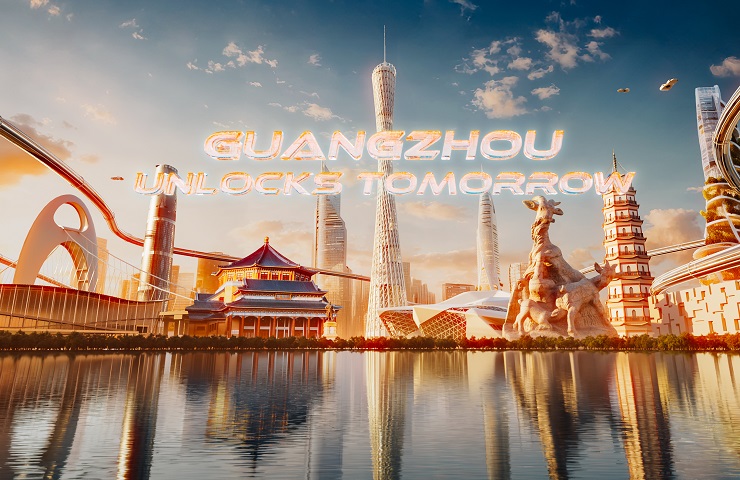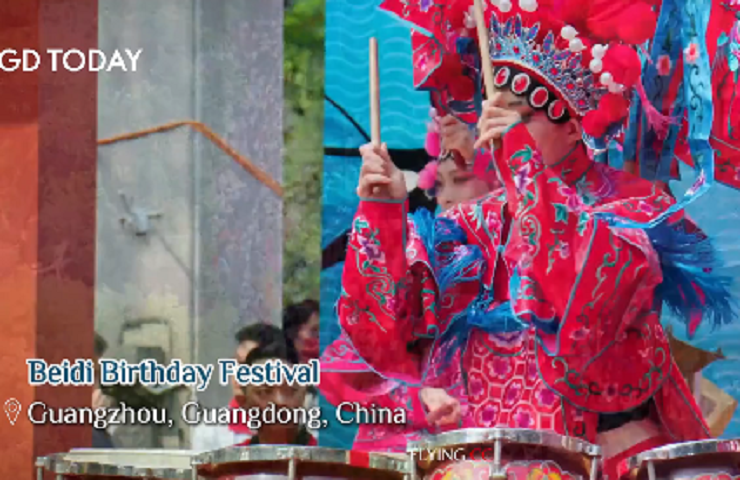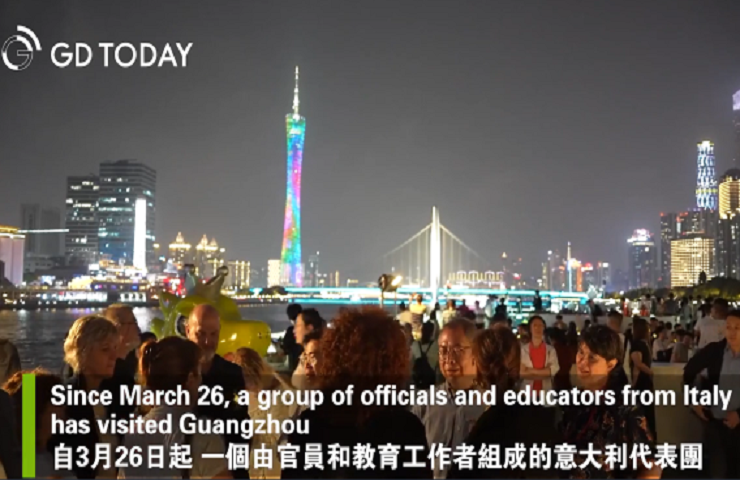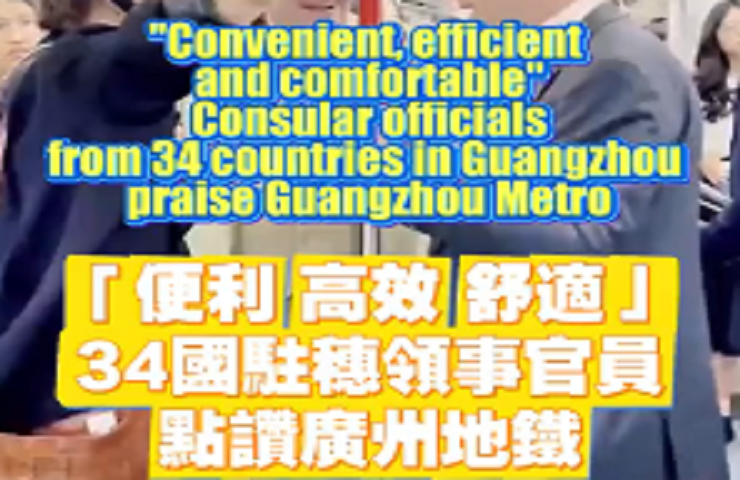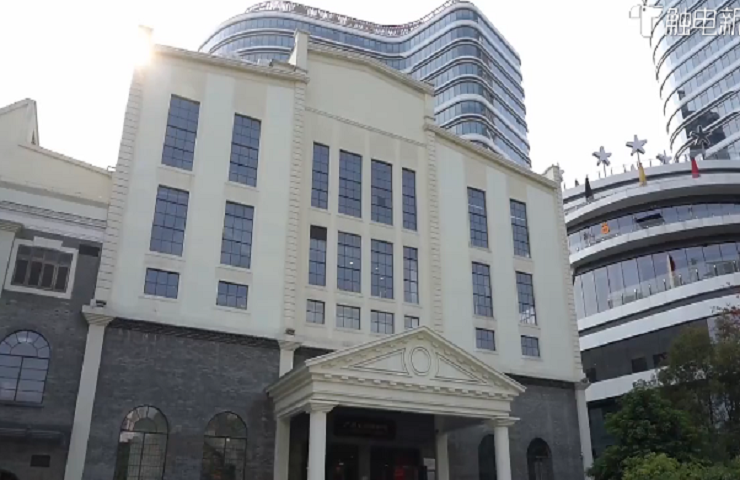Guangzhou award motivates cities to pursue innovation
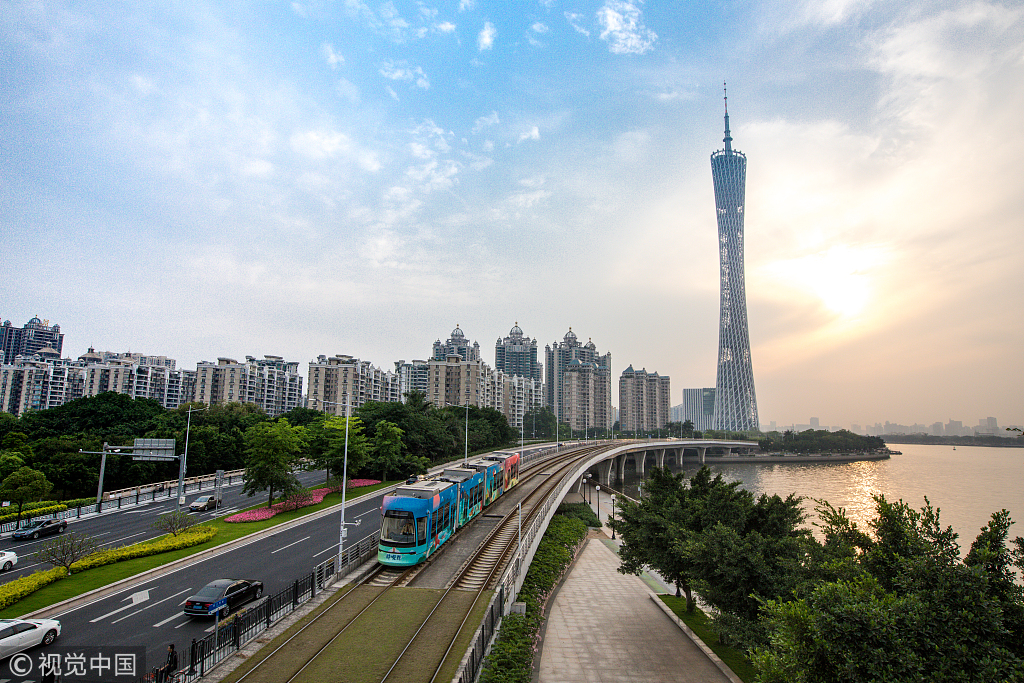
The Canton Tower stands in Guangzhou, Guangdong province, on April 17, 2018. [Photo/VCG]
The Guangzhou International Award for Urban Innovation has become a vital platform for cities across the world to share best practices and learn from each other on localization of new urban agenda or NUA and sustainable development goals or SDGs.
In its fourth edition, the competition has intensified over the years as cities embrace innovation to tackle both existing and new challenges. In 2018, a total of 113 initiatives were submitted by 213 cities and regions from over 70 countries.
The technical committee identified a list of 45 commendable initiatives, followed by a shortlist of 15 initiatives and finally five award-winning cities.
Within the context of the Guangzhou award, urban innovation is defined as the deliberate act of introducing new policies, programs, strategies, business models and types of partnerships to tackle existing and new challenges.
According to Nicholas You, the executive director of Guangzhou Institute for Urban Innovation, cities are entering into a new era, where they are taking on roles that were traditionally not within their mandate, perhaps due to inability of the existing institutions to respond effectively to local challenges.
While cities are mandated to basically collect garbage, keep streets clean, and manage traffic, You said most of them are currently creating jobs and new institutional frameworks to deal with issues outside the local government mandate.
"This is an important take away. That implementation of the new urban agenda, and SDGs at the local level, is going to compel many cities to think beyond their traditional mandate," he said.
You gave the remarks at a side event in the first UN-Habitat Assembly, where four of the five cities that are the finalists for the 2018 Guangzhou award for Urban Innovation, shared their experiences on localizing NUA and SDGs.
Greg Budworth, CEO of Compass Housing based in Australia, shared how Surabaya, Indonesia's second-largest city, became an eco-friendly city where the 3Rs- recycle, reduce and reuse have become normative behaviors.
The city promoted the 3R principles to a poorly educated community unfamiliar with the concepts. This was piloted in Kampung, one of the city's informal settlements.
Through the 3R concept, the city-owned buses accept plastic bottles as a form of payment. Through this, Surabaya reduced waste by 10 percent per year even as the city population grew by 5 percent annually.
Eugene Birch, professor of Urban Research and director, Penn Institute for Urban Research, shared how Mezitli, a coastal Turkish city of nearly 250,000 with 60,000 registered Syrian, established a network of public markets for women producers.
The women grow agricultural products or make homemade goods from in or around the metropolitan area.
With the first market having been opened in 2014, the network has grown to nine markets serving 612 women producers. Their wares range from citrus and tomatoes to jams and spices.
Didier Vancutsem, secretary general of the International Society of City and Regional Planners, shared the Italy's Milan city food policy.
The policy compels the municipal agencies to think about the regional food shed, the geographic radius from where Milan feeds its people, and discusses policy approaches that can encourage a more sustainable food system.
The policy considers how food gets from producers to market and whether it's possible to reduce emissions in transport.
Jane Katz from Habitat for Humanity International shared the Bolivia's administrative capital La Paz traffic zebras, a citizen culture project.
Through the program, young creative people show zebra crossing, wearing costumes that emulate a zebra. This is aimed at reducing road chaos.
You said the Mezitli case is being replicated in Southern Syria, while the La Paz case is being replicated in Latin America.
Over the next 10 years, You said they will document the innovative case studies and bring them to the attention of the national governments.
"We want a situation where a mayor can go online to find a solution to the challenging his city is experiencing," You said.
He said the delegates he interacted with at the UN-Habitat Assembly expressed concerns on how to support local implementation of the new urban agenda and SDGs.
"Cities need to map out the SDGs against what they are already doing and then look at where the opportunities and gaps lie. That is the starting point," he said.
Emilia Saiz, secretary general of the United Cities and Local Government or UCLG, said the new agenda is about cooperation between cities and making the link between the roles that cities need to play in the global agenda.
"Through localization of the SDGs, we are able to connect the thoughts in a different manner. We are able to identify the areas we have been developing policies on but have not given us the results that we thought and we can identify why. That's why we are bringing this agenda to our members to enable them reshape their priorities," she said.
Saiz said innovation is not always about new, but rethinking the methodologies and putting new people around the table.
Copyright © Foreign Affairs Office of Guangzhou Municipal Government,
Hong Kong and Macao Affairs Office of Guangzhou Municipal Government All rights reserved.
Presented by China Daily.
京ICP备13028878号-28





